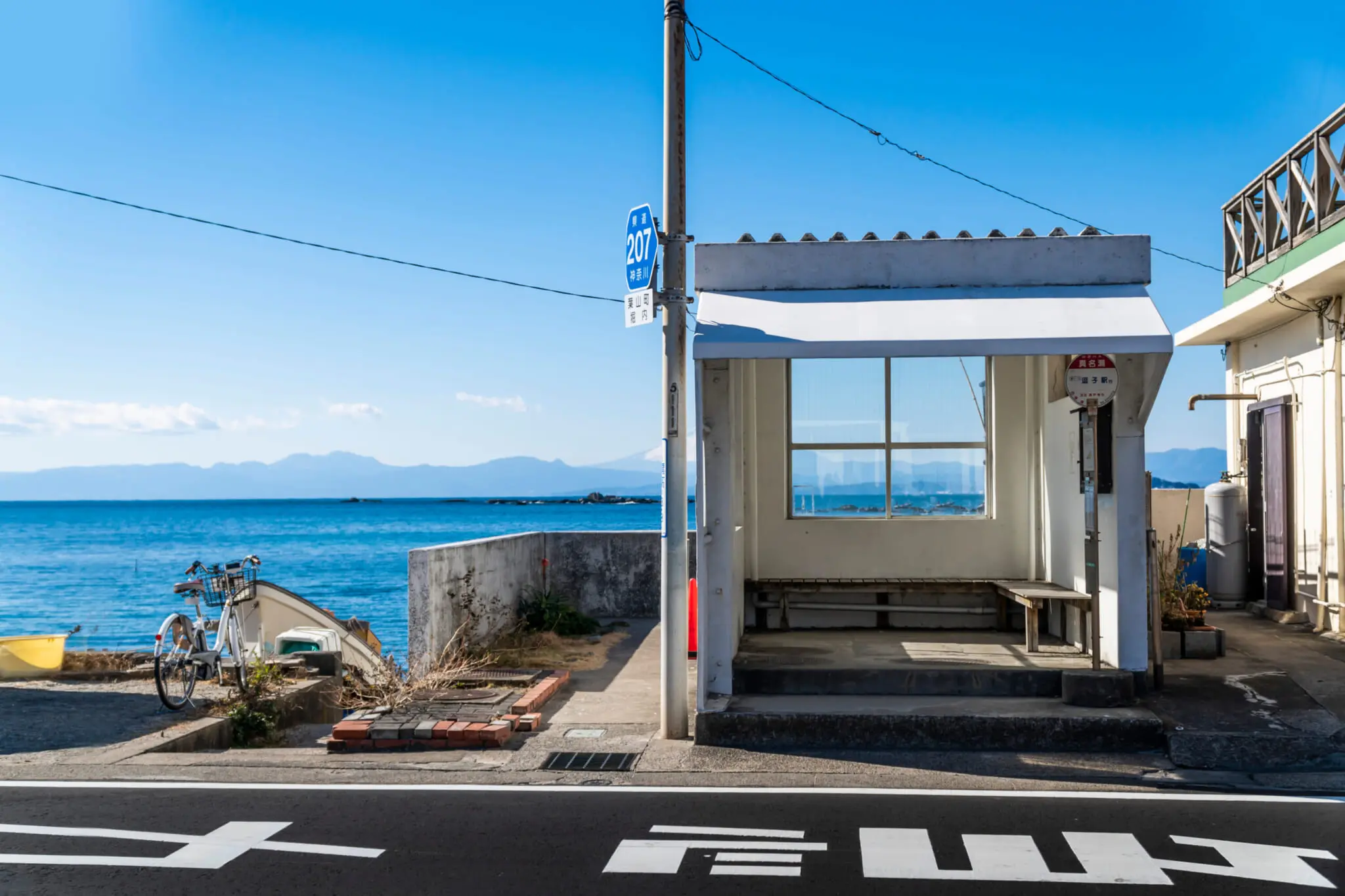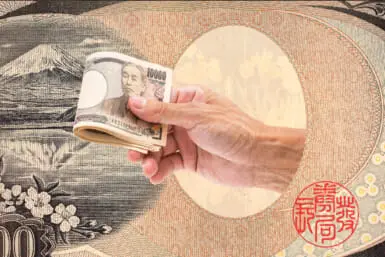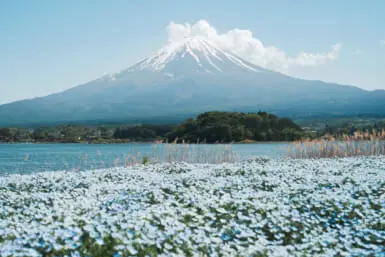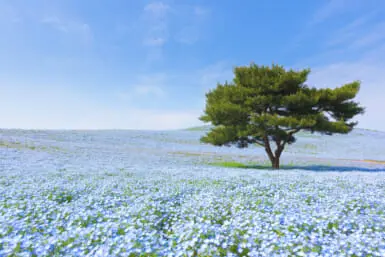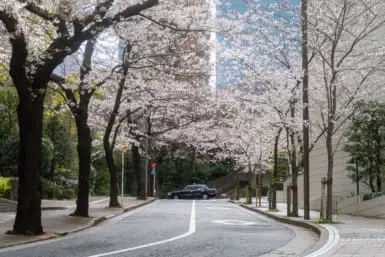Welcome back to Tokyo Weekender’s “Alternatives to…” series, in which we provide alternative options for some of the tourist spots in Japan that have gained a reputation for drawing huge crowds. This edition covers Kamakura, a picturesque seaside town close to Tokyo that’s wonderful to visit, but tends to get incredibly busy on the weekends.
Kamakura drew headlines last year, in fact, when it was revealed that it had more tourists per square meter than Kyoto and Nara. We can see why, to be honest. Kamakura is a fantastic little spot. It’s got a huge, nearly 800-year-old Daibutsu (giant Buddha statue) and a lot of sweet little backstreets that radiate Edo-period charm — and let’s not forget the beach and its abundant seafood.
The following resort towns give Kamakura a run for its money, with their own extra special features as well. Plus, they’re easily accessible from Tokyo.
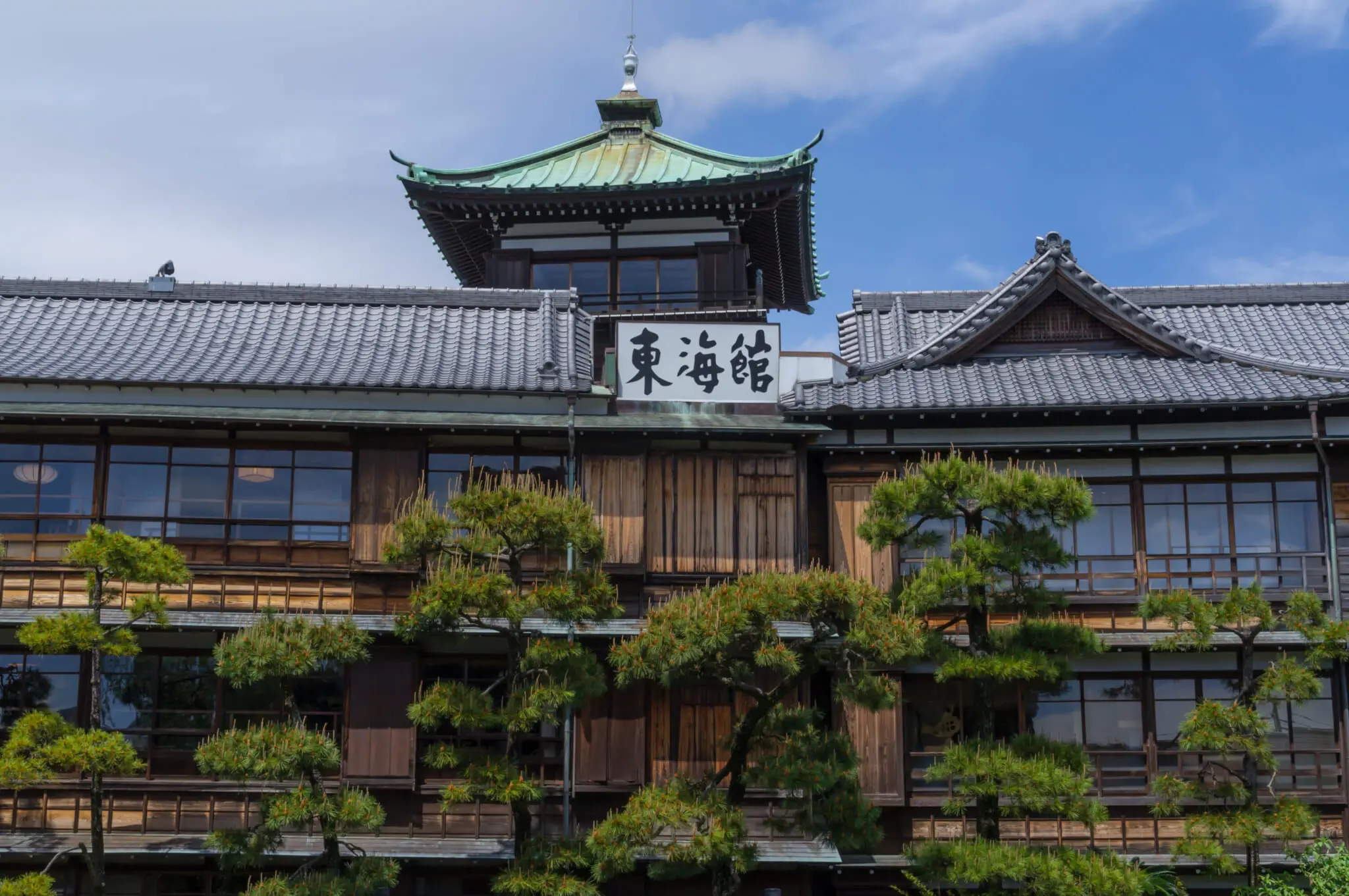
Ito
The town of Ito in Shizuoka is so blissfully uncrowded that you’ll be shocked. With its adorable covered shotengai shopping streets and Tokaikan, a local history museum, it can probably beat Kamakura in terms of retro vibes.
It also boasts one thing that Kamakura does not: lots of great onsen options. A short walk away from the town center is the onsen area, a bit higher than the town itself; it’s considered one of the top onsen villages in Japan.
There are also several well-known onsen hotels in the area, like Hatoya, a resort hotel that was built in the bubble era. (For those who aren’t aware, the bubble era was a period when the Japanese economy was booming phenomenally; anything typically “bubble-era style” abounds with opulence and oozes extravagance.) Even though it’s a little shabby nowadays, Hatoya still exudes luxury. Its hot spring bath is large enough to be a swimming pool and is adorned with statues and over-the-top touches, like piping across the ceiling and a large chandelier.
Just down the road from Hatoya is Daitokan, a medium-sized ryokan with public hot springs and three different private onsen. Each private onsen provides a unique experience. To reach the rounded goemon iron baths, for instance, bathers take a long path into the rocks, passing through a space that acted as a bomb shelter during World War Two.
The people of Ito are incredibly welcoming to tourists, and we’ve spent many a night chatting with the locals, a mix of lifelong residents and newer arrivals.
Access: One hour and 40 minutes from Tokyo Station
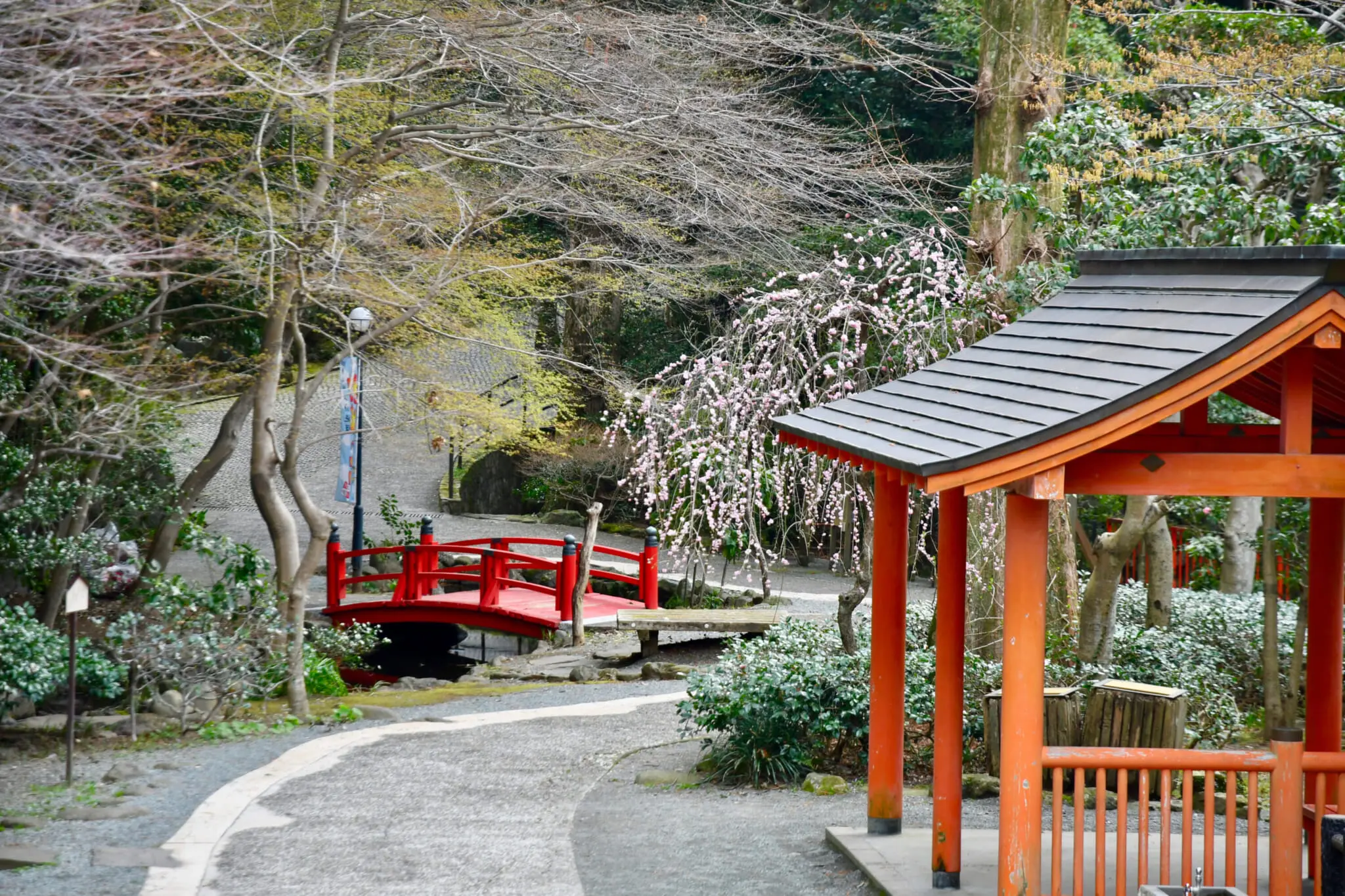
Yugawara
The tiny town of Yugawara in Kanagawa Prefecture is known for its onsen, its plum trees and its stunning views of Sagami Bay; it also has a range of hiking options nearby, like the calming Ikemine Hiking Trail that even inexperienced hikers can climb with ease.
Yugawara is famous for its delicious tofu. Stay at a local ryokan, and you’ll be served it every which way. From dengaku, served in chess boards of unflavored and sesame-flavored tofu squares, to yudofu — tofu heated in stock — get ready to marvel at the sheer amount of tofu varieties on offer.
When you’ve enjoyed the delicious tofu, head down to the 450-meter-long Yugawara Beach for some bathing and playing before retiring to the nearby hot springs.
Access: One hour and 45 minutes from Tokyo Station
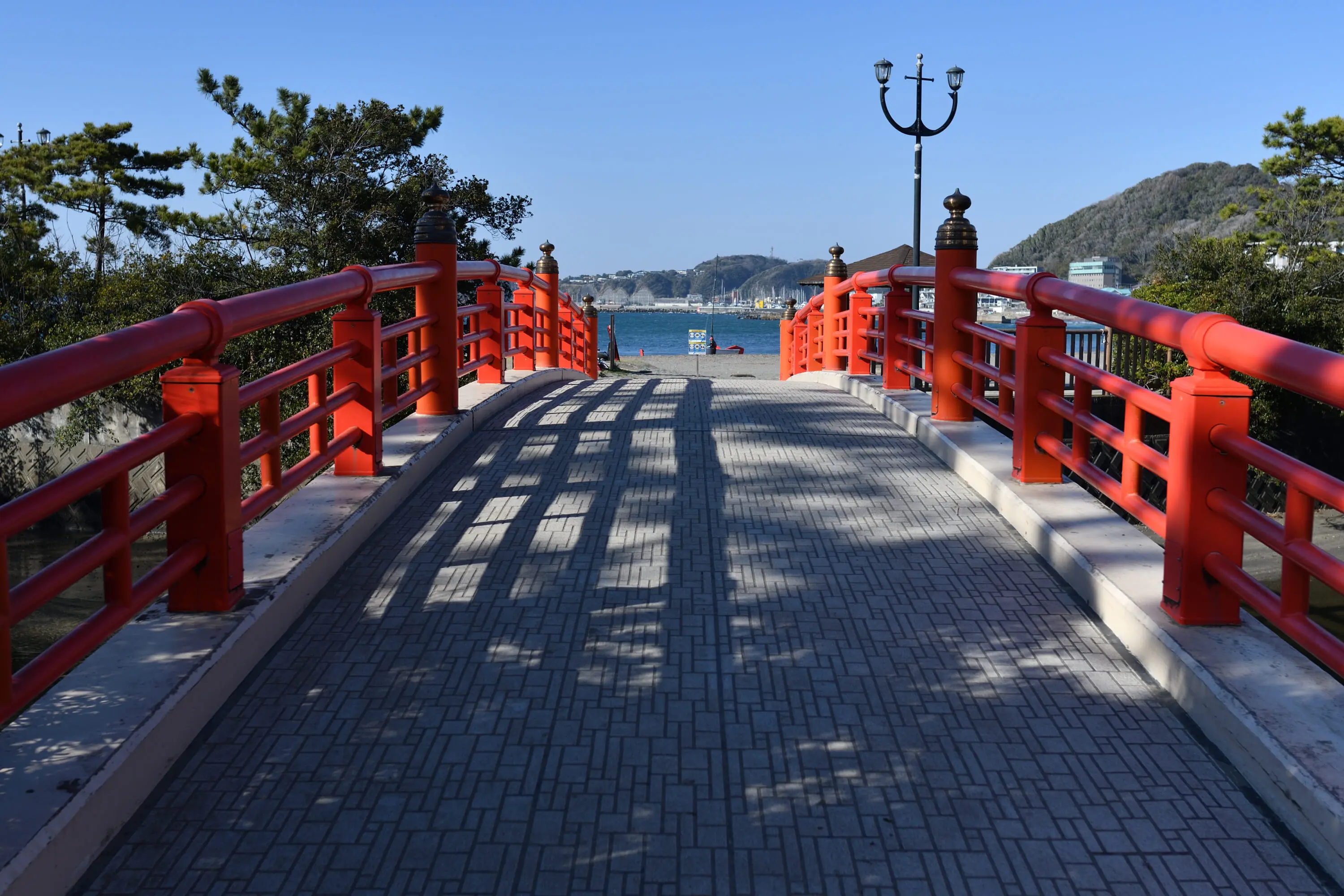
Morito Shrine
Hayama
The adorable little town of Hayama is close to bustling hot spots like Zushi and Kamakura, but far quieter. During the summer months, it has the Umi no Ie. A little livehouse on the beach, it attracts a range of live acts and DJs throughout the hot weather.
The locals are chill and friendly, there are plentiful bars and the beach is gorgeous. There’s also a shrine that leads onto the beach: Morito Shrine, which was built over 850 years ago by the first shogun of the Kamakura period, Minamoto no Yoritomo. It still stands today, and is thought to have one of the best views in the region, looking out at the sunset over the sea.
In the town of Hayama itself, there is a range of cute shops and Japanese food, including highly rated sushi and seafood bowls.
Access: About one hour and 30 minutes from Tokyo Station; transfer to bus at Zushi Station
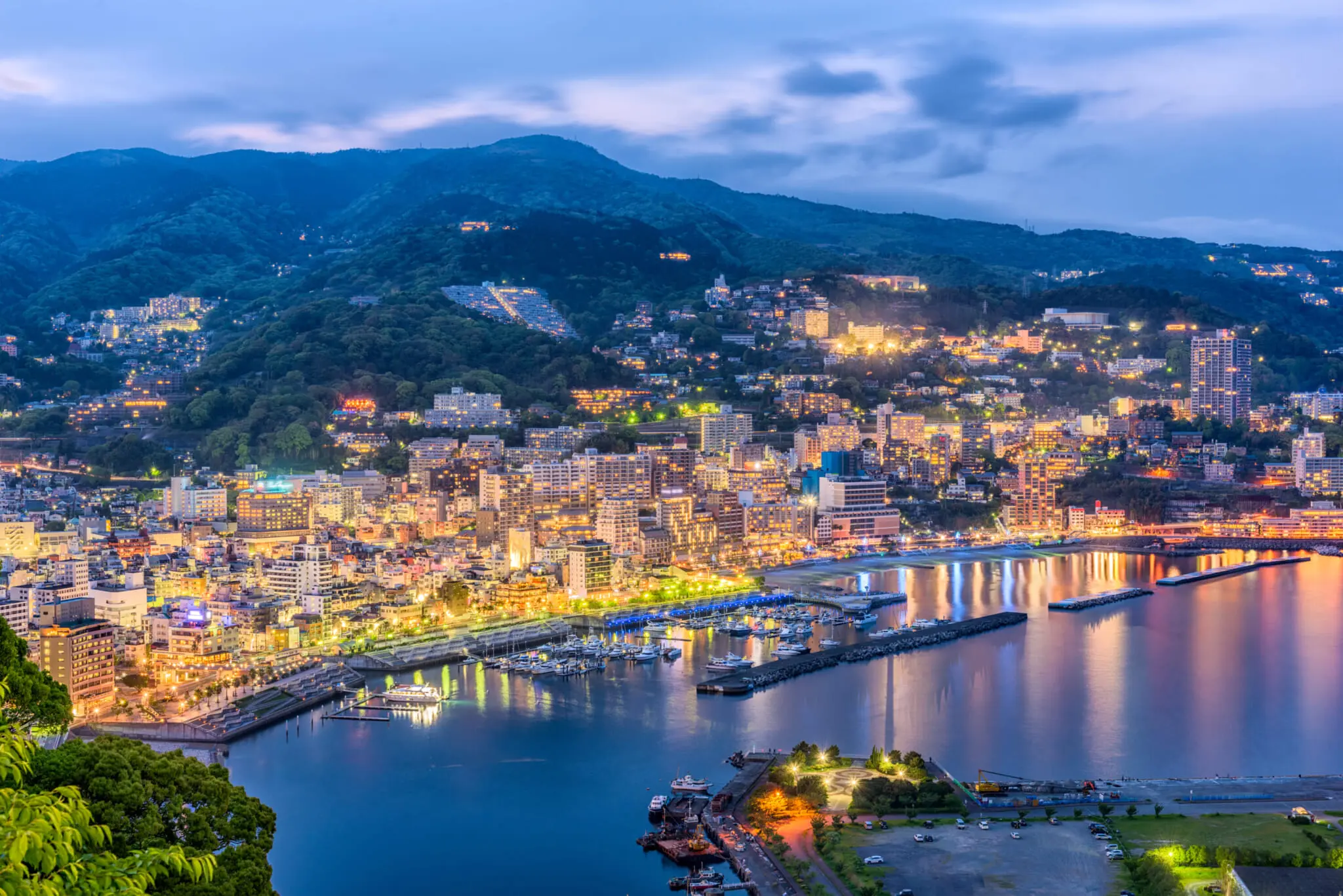
Atami
Atami just about creeps onto this list. After falling on hard times in the 90s and early 00s, the area has seen a revival spurred on by the locals, who’ve done such a good job that it’s now, at times, a little too busy. There is a wide selection of exciting things to do, like visiting the sex museum, queuing for Japanese purin, or custard pudding, and heading to Atami’s ever-popular beach.
Atami is known for its covered arcades, offering an atmospheric slice of Japanese Showa life, including traditional kissaten alongside kimono shops and stalls selling freshly steamed manju buns. You’ll also encounter typical tourist shops selling novelty towels or other souvenirs while strolling down the arcade. Continue past the arcade and into the more residential area to get a taste of chill, beachside life.
Atami is very popular with Japanese residents, so we advise visiting on a weekday and avoiding the holiday season. During busier times of the year, head down the road to Ito instead.
Access: 50 minutes from Tokyo Station via shinkansen

